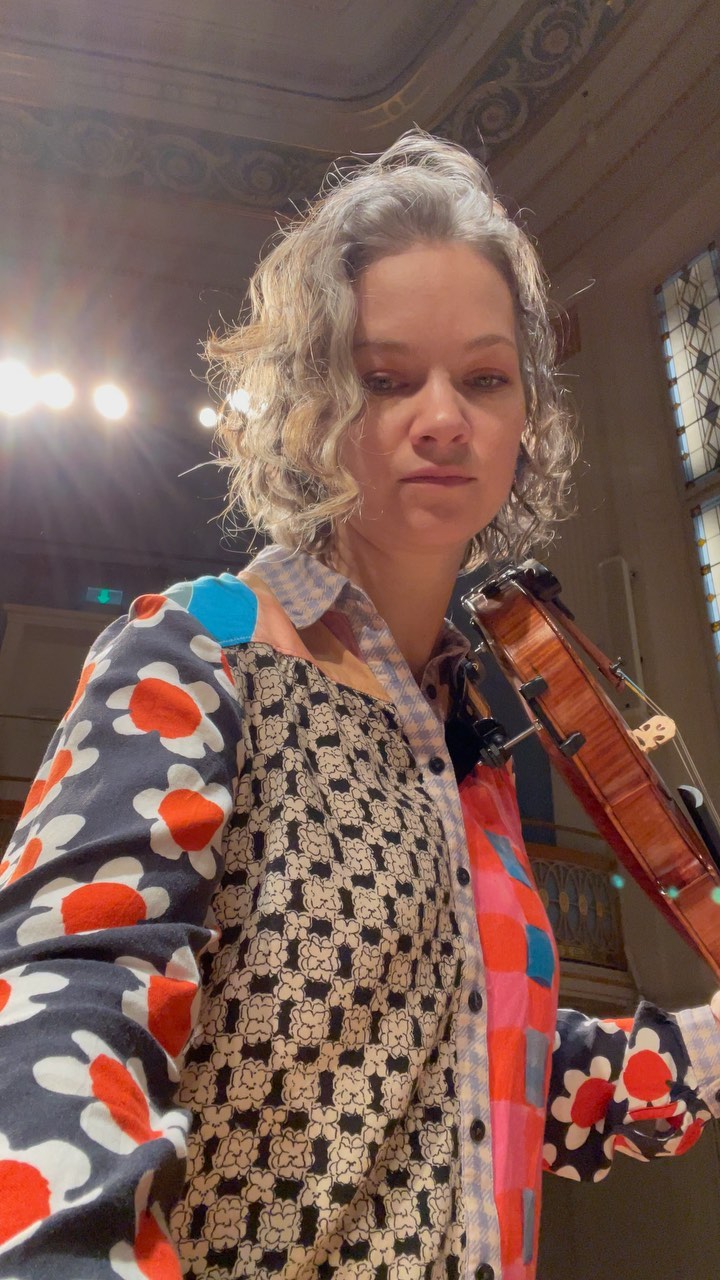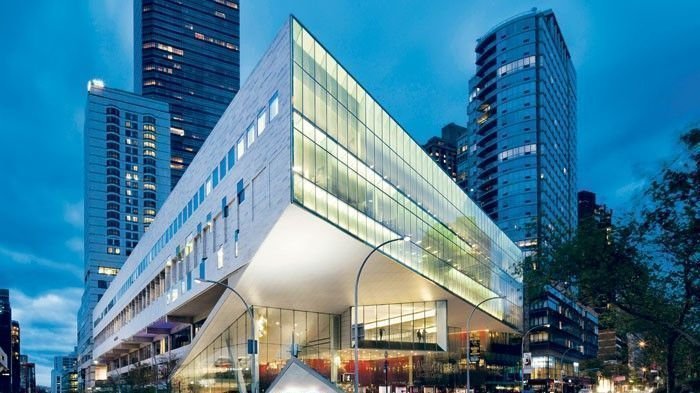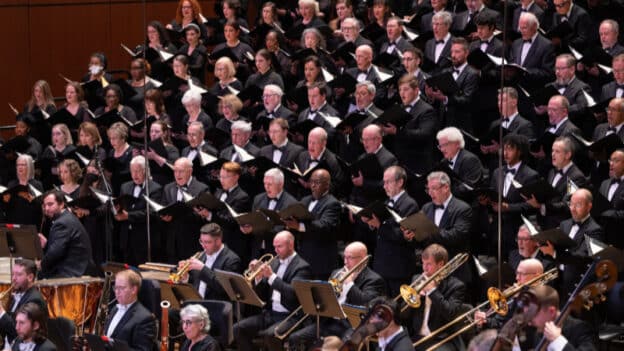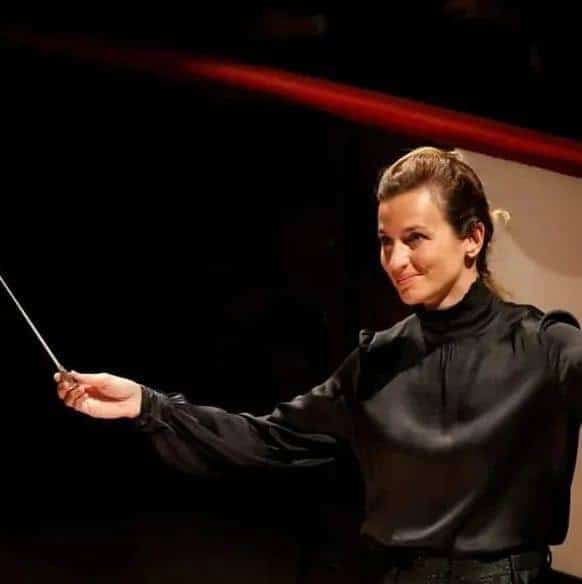Paris rebuilds Concertgebouw for Mengelberg film
mainThis is exceptional footage from 1931, when Willem Mengelberg agreed to have his orchestra filmed in Paris – on condition that they replicated the exact setting they enjoyed in Amsterdam.
Mengelberg gives a short speech before the concert – unimpressively for so powerful a personality. The playing is extraordinary.
The film is stored on a new Mengelberg archive site here.






I guess it was easier to bring the orchestra to the cameras.
Thanks a million for the Mengelberg archive site!!
Interesting to note that as far back as 1931 the Concertgebouworkest had some women in its ranks – this long before Berlin, Vienna and major American orchestras save Philadelphia. A few dropouts in the film probably due to splicing.
I was also surprised to see many women in the orchestra then. On the other hand, the CSO also hired some female musicians since its inception, although mostly in the harp section. Here is the list of female musicians in the CSO before 1950 (after that, many more women in several sections, including horn; information taken from CSO’s website as well as stokowski.org):
Amelia Conti, principal harp, 1922-1923.
Ruth Gangursky, harp, 1931-1932.
Peggy Hardin (Romer), flute/piccolo, 1945-1951.
Helen Hesse, violin, 1943-1946.
Margaretha Jiskra Wunderle, harp, 1893-1898, 1900-1903 (principal), 1917-1931.
Helen Kotas, horn, 1940-1948 (principal 1941-1947; according to Milan Yancich’s book, she earned the position by her ability, rather than Farkas’s departure).
Alice Lawrence, cello, 1942-1955.
June Panduro, oboe & prinicpal English horn, 1943-1946.
Jenska Slebos, assistant principal cello, 1944-1956.
Helen Stone, harp, 1900-1900.
Caroline Solfronk Vacha, flute/piccolo, 1943-1946.
Geraldine Vito Weicher, harp, 1940-1957.
Anna Winch, harp, 1892-1893.
I notice that most of the non-harp players in your list enter in the WWII period. I’m going to guess that the number of male players going off to war forced orchestras to consider female players more seriously than they had previously.
That is part of the story. On the other hand, the roaring twenties was a socially conservative period of time (e.g. the Prohibition), followed by the Great Depression, when the remaining women in the labor market were fired to preserve positions for men, as men were thought to be the main breadwinners back then. Also, it took time for the effect of High School Movement to kick in, so that better educated women would enter the labor force in large numbers. In addition, women were not even allowed to vote in the U.S. until after WWI.
Actually this video was not filmed in Paris, but in Epinay-sur-Seine, a city that kept until today probably the most historically important cinema studios in France (although not as well known as Rome’s Cinecitta or London’s Pinewood), and is near Paris (but was a good 30 minutes from it in 1931).
At the time, it might have been one of the most modern studios for filming an orchestra with synchronized sound, this explains why they went there. It was not at all a concert, but truly a studio recording, and a very well rehearsed one. The background copied the Concertgebouw scene, but there needed to be a decorated set anyway, and it was a better idea for marketing the film worldwide. But when the camera is on Mengelberg, you don’t see the concert hall or any audience behind him.
Hello,
I have published a page on the internet about the actual filming at the Tobis Klangfilm Studio in Epinay-sur-Seine. It may be of interest to you.
The
Concertgebouw Orchestra filmed 1931
Sorry for the publicity.
Rudolf Bruil
Very interesting, Rudolf!